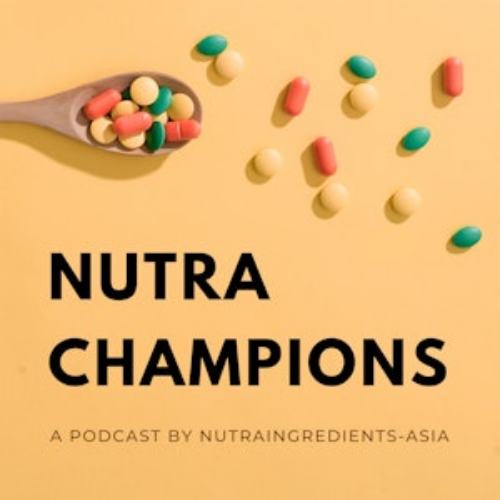Review: Co-supplementation of vitamins D, K may lead to stronger bones in children

In a review published in the Journal of the American College of Nutrition, researchers argued that understanding the combined roles of vitamins D and K, calcium, healthy diet, and exercise is “particularly important in view of reports of subclinical insufficiency of vitamin D and K in otherwise healthy pediatric populations.”
An international research consortium comprised the team, led by Dr Vladimir Badmaev of the Medical University of Bialystok, Poland. Also in the research team was Dr Sidney J. Stohs of Creighton University Medical Center, who serves as a consultant for dietary supplement formulators.
They pored through the extensive body of research that show environmental and nutritional factors that contribute to children’s bone health, both epidemiological (an analysis of distribution and incidence of a bone fractures and other bone problems) as well as human clinical trials.
In need of a ‘chaperone’: Insufficient vitamin K in children may lead to early onset osteoporosis
Vitamin K2 is necessary to modify a subset of proteins that transport calcium for specific body functions such as bone health, the researchers wrote, citing three different studies published in 2009 and 2010.
“The role of calcium in bone mineralization during childhood and in young adults has recently benefited from a better understanding of the biological role of vitamin K as a calcium chaperone,” they wrote.
However, because of changing eating habits, many children and adults in the West aren’t getting enough vitamin K2, which can be found naturally in liver, high-fat dairy, and fermented foods like the Japanese natto.
“Recent epidemiological studies show that the majority of healthy children of both prepubertal and pubertal age have high circulating levels of inactive uncarboxylated osteocalcin compared to adults, indicating an inadequacy of vitamin K,” they wrote. Osteocalcin is a vitamin K-dependent protein for bones. Without adequate vitamin K, the osteocalcin remains inactive (uncarboxylated osteocalcin, ucOC), and thus not effective.
“In the long term, the insufficient status of vitamin K that prevents functioning of nonessential K-dependent proteins may prevent optimal bone development in childhood and result in early onset of osteoporosis,” they added.
Co-supplementation of vitamins D and K

Based on these findings, the researchers argued that there is a new nutritional paradigm for efficient and safe delivery of calcium, which is “cosupplementation with both fat-soluble vitamins D and K.” For future studies, they recommended more direct comparative clinical studies of the two forms of vitamin K (K1 and K2).
Commenting on the review results, Dr Hogne Vik, chief medical officer at Norwegian manufacturer NattoPharma ASA, called the review ‘so very significant,’
“[It provided] supporting evidence to the clinical research NattoPharma has already spearheaded,” Dr Vik said in a press release. The company is an international supplier of the vitamin K2 ingredient MenaQ7.
He added: “Not only has our research identified children as a group most deficient in Vitamin K2, but that just 45mcg of K2 daily improves K status and increases the activation of osteocalcin, the K-dependent protein responsible for binding calcium to the bone mineral matrix, therefore improving bone health.”
Source: Journal of the American College of Nutrition
Pulbished online and print, DOI: 10.1080/07315724.2017.1307791
"Roles of Vitamins D and K, Nutrition, and Lifestyle in Low-Energy Bone Fractures in Children and Young Adults"
Authors: Michal Karpinski, et al.











